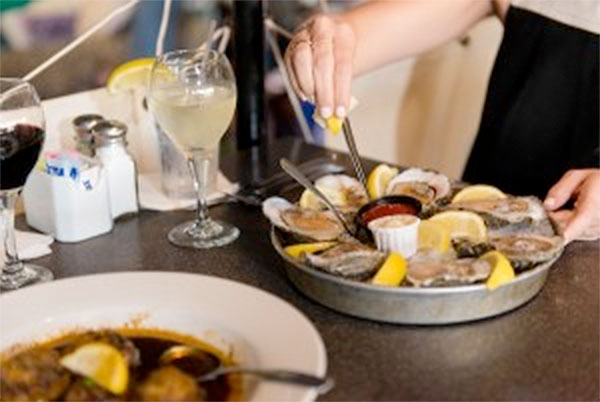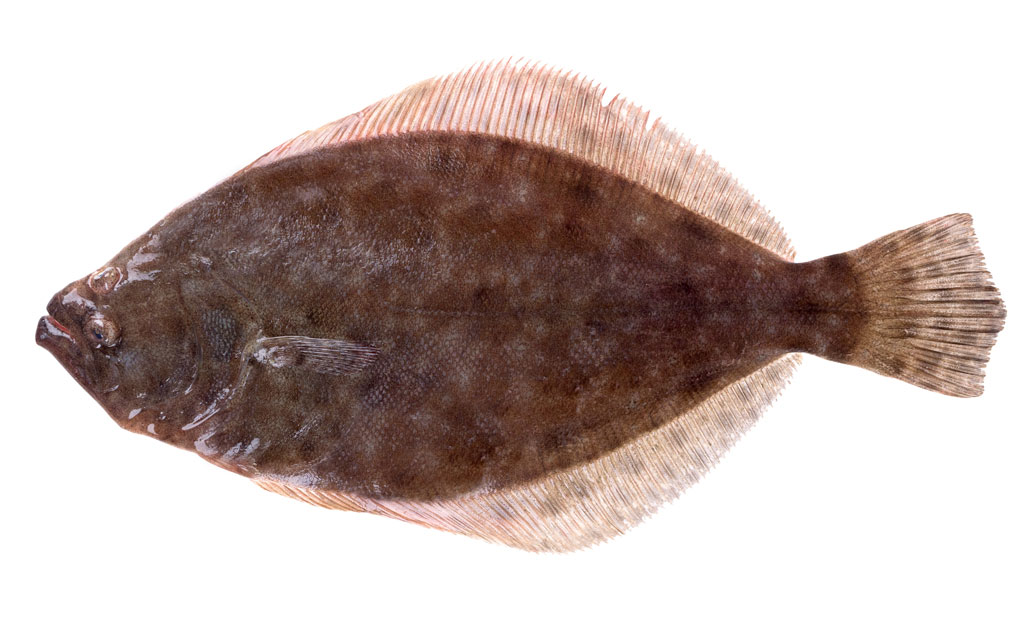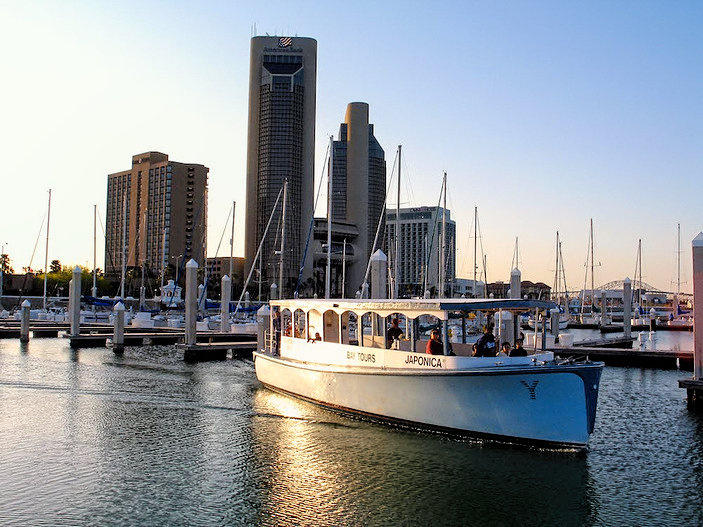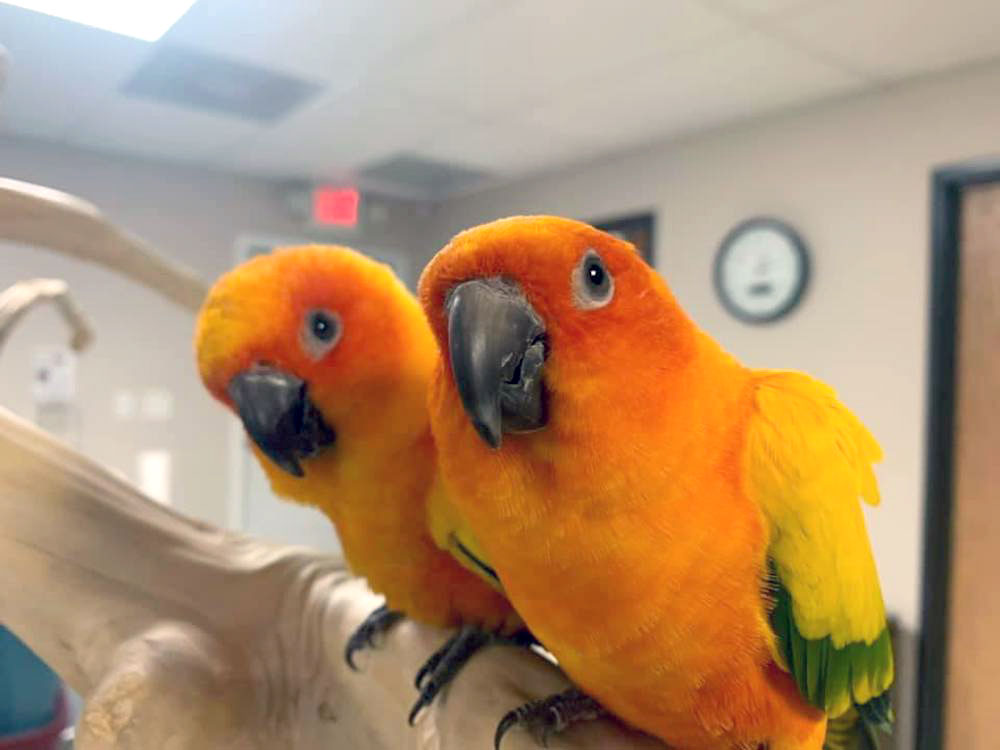
Customers at Water Street Seafood enjoy a plate of Gulf oysters on the half shell, a local speciality that is fairly scarce this season because of the closing of Copano Bay to harvesting. Oyster beds in the bay need the season break to rejuvenate says an expert at the Texas Parks and Wildlife Department. Courtesy Photo
New standards for measuring oyster populations led to the closing of Copano Bay near Rockport for oyster harvesting this year. The bay could reopen before the close of the season in April depending on sampling results to be conducted this month, said Dr. Chris Mace, Aransas Bay ecosystem leader with the Texas Parks and Wildlife Department (TPWD). After two years of overworking, however, the bay could use a rest, he continued.
"We had between 100 and 150 boats that were fishing pretty hard in Copano for two years," Mace said. "The harvests were starting to get pretty thin. If there are not enough market oysters in our samples, we have authority to shut it down — by industry request."
Until sometime last year, the threshold for legal market-size (3 inches) oysters was about 80 percent or 90 percent. Research showed oyster beds were still being rapidly depleted using that standard, so the number was dropped to 65 percent. If a sample contains 65 percent or more of undersized oysters, then the harvesting beds are shut down to rejuvenate.
Galveston Bay closed to harvesting in early December for the same reason. Problems surfaced when oystermen began reporting smaller catches and fewer adult oysters than ever before, said Mace, who is based out of Rockport.
Eastern oysters, which are the most common in Texas, spawn during the warm months of the year. Baby oysters start life adrift with the rest of the plankton in the water column. After about three weeks, they settle on hard substrate and start to grow. It takes about three years for an oyster to reach the legal size of three inches.
In many other places around the world, oyster populations have degraded to the point where this system no longer functions. Oyster populations are down 85 percent worldwide, according to estimates by the National Oceanic and Atmospheric Association (NOAA).
One way to help revitalize oyster reefs is to return the shells to the water, which is the goal of Sink Your Shucks, a joint program with the Harte Institute at Texas A&M University-Corpus Christi, the Port of Corpus Christi, NOAA and others. Sink Your Shucks collects oyster shells from local businesses such as Water Street Oyster Bar and Groomer’s Seafood in Corpus Christi and prepares them to be dumped into local bays to grow oyster beds.
The collected, empty shells are taken to a site owned by the Port of Corpus Christi where they are left in piles to bake in the sun for at least six months to kill parasites. Twice a year — in April and May — volunteers help deposit the oyster shells at locations in Goose Island State Park.
“The reason this works is that you have these teeny-tiny plankton oysters floating around that are looking for hard substrate to land on," said Dr. Jennifer Pollack, assistant professor of marine biology at the Harte Research Institute at TAMU-CC. Pollack and colleague Gail Sutton run the Sink your Shucks program. "In general, other oysters are the best thing for a baby oyster to land on — one cementing to another and creating this big reef. If you put the substrate out there, the oysters will come.”
While those efforts certainly help, more needs to be done. TPWD works closely with the oyster industry to develop ever-changing guidelines to measure for sustainability. The goal is to maintain an adult oyster supply that will allow oystermen to bring in the legal limit of 50 bags a day.
“What's important is a sustainable harvest," Mace said. "They're important critters, but we like to eat 'em, so it's a balancing act. We just have to be careful how we do it."





